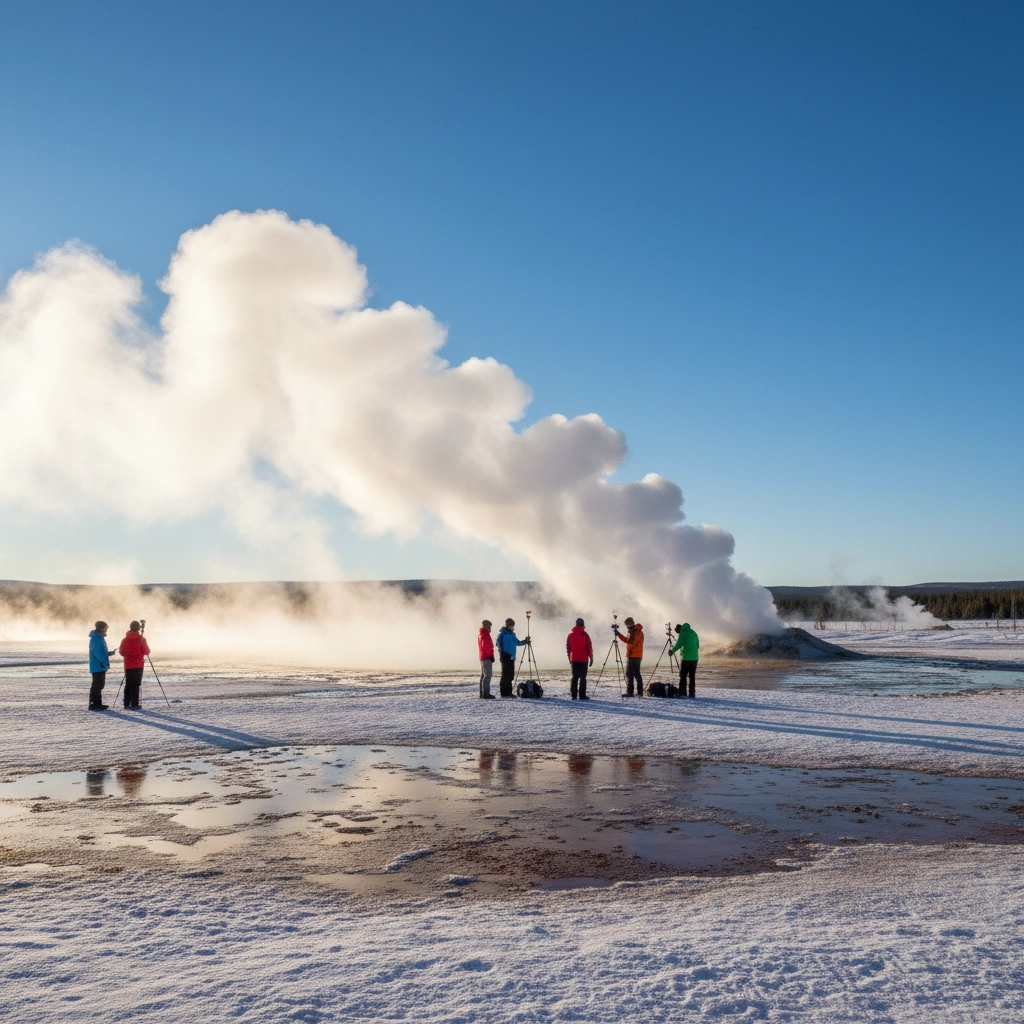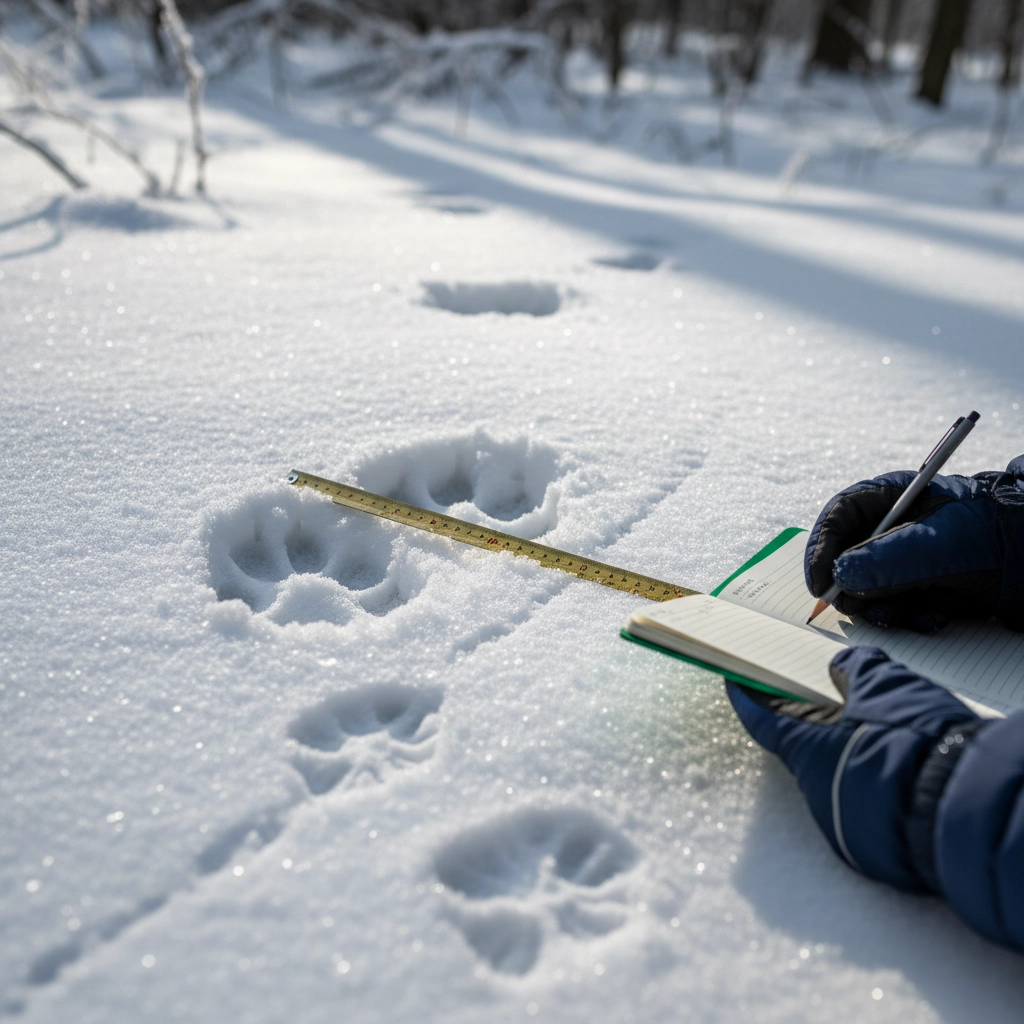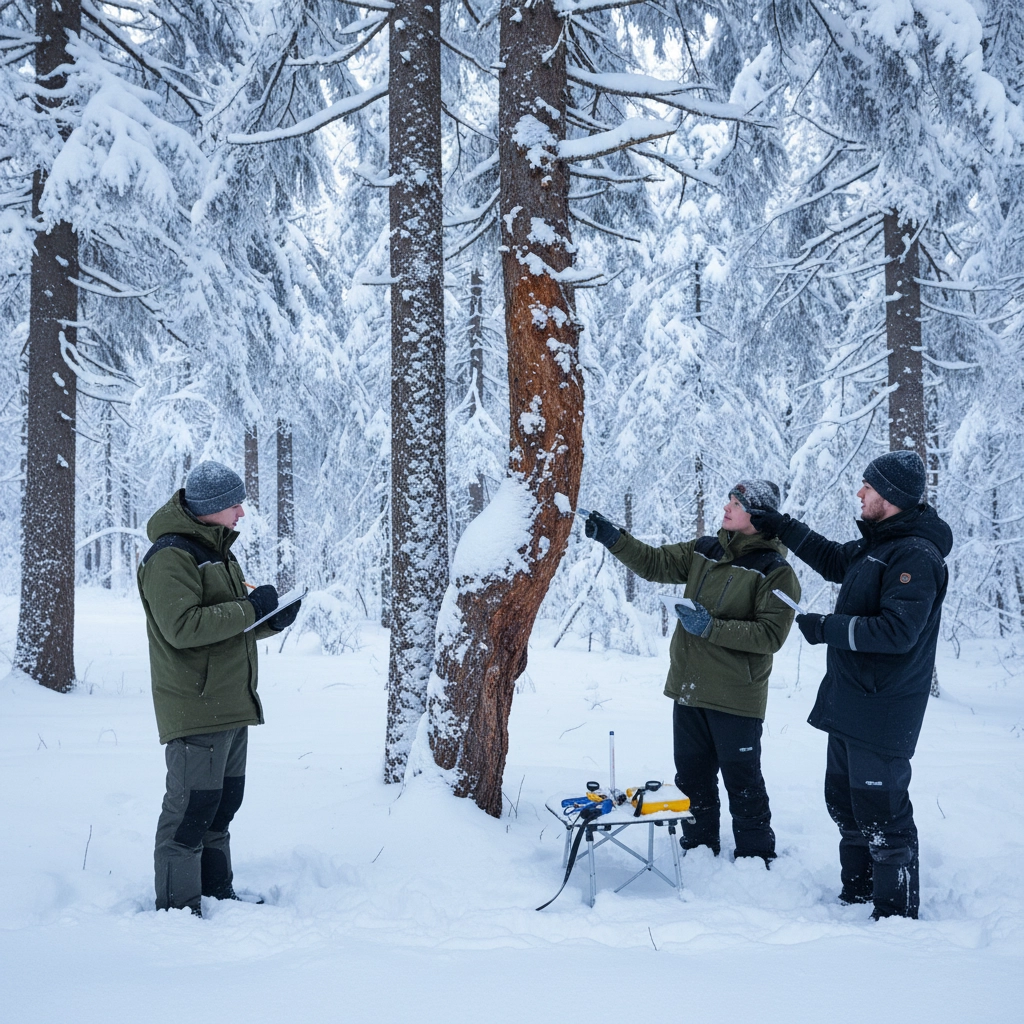Yellowstone Winter Expeditions: Embrace the Snow with Appleseed's Science & Adventure
- Caleb Mullenix
- Oct 22
- 5 min read
Updated: 1d

Preparing your students for a transformative winter expedition to Yellowstone National Park involves careful planning and a deep understanding of the unique educational opportunities that snow-covered landscapes provide. Ensuring the safety and educational value of winter field experiences is of paramount importance, particularly when students will engage in hands-on scientific research in challenging weather conditions.
The Educational Imperative of Winter Field Science
Winter expeditions to Yellowstone offer unparalleled opportunities for authentic scientific inquiry that cannot be replicated in traditional classroom settings. Begin by understanding that winter ecosystems present distinct learning advantages:
Unique Observation Opportunities:
Animal tracking becomes dramatically easier in snow
Plant adaptations are clearly visible without summer foliage
Thermal features create striking contrasts against snow and ice
Wildlife behavior changes are observable and measurable
Enhanced Scientific Methodology:
Data collection requires greater precision and planning
Weather monitoring becomes critically important
Students develop resilience and problem-solving skills
Collaborative teamwork intensifies due to challenging conditions

Core Winter Science Activities with Appleseed Expeditions
Snow Science and Meteorology Studies
Engage your students in comprehensive snow science investigations that align directly with earth science and physics standards. Create structured learning experiences through these specific activities:
Snow Pack Analysis:
Measure snow depth at multiple locations using standardized techniques
Analyze snow density and water content calculations
Document temperature variations at different snow layers
Record weather patterns and predict snowfall accumulation
Thermal Dynamics Investigations:
Study heat transfer principles around hot springs and geothermal features
Document temperature gradients between thermal areas and surrounding snow
Analyze sublimation and condensation processes
Measure steam production rates and correlate with air temperature
Atmospheric Science Observations:
Monitor barometric pressure changes and weather pattern shifts
Study cloud formation and precipitation types
Document wind patterns and their effects on snow distribution
Analyze the relationship between elevation and temperature variation
Wildlife Tracking and Behavioral Studies
Transform your students into wildlife researchers through systematic tracking and observation protocols. Emphasize the importance of maintaining safe distances while conducting authentic field research.
Tracking Methodology:
Identify animal tracks using field guides and measurement techniques
Document gait patterns, stride length, and directional movement
Photograph and sketch track evidence for detailed analysis
Create maps showing animal travel corridors and habitat usage
Behavioral Documentation:
Record feeding behaviors visible through snow examination
Observe winter adaptations in real-time animal encounters
Document predator-prey relationships through track evidence
Study territorial marking and communication signs
Data Collection Protocols:
Establish standardized observation times and locations
Use GPS coordinates to map animal movement patterns
Record environmental conditions affecting animal behavior
Create comparative studies between different habitat zones

Plant Adaptation and Winter Survival Research
Develop comprehensive understanding of plant survival strategies through hands-on field investigations. Focus on observable adaptations that demonstrate evolutionary principles and ecological relationships.
Structural Adaptation Studies:
Examine bark characteristics and their protective functions
Document needle versus deciduous adaptations in coniferous species
Analyze root system exposure and winter protection strategies
Study plant height variations and wind exposure relationships
Physiological Research Projects:
Test antifreeze compounds in plant tissues using simple field tests
Document dormancy indicators across different plant species
Examine winter bud protection mechanisms and structures
Study water conservation adaptations in winter-exposed plants
Classroom Integration and Standards Alignment
Maximize learning opportunities by establishing clear connections between field experiences and classroom curricula. Create comprehensive lesson plans that incorporate pre-expedition preparation, field documentation, and post-trip analysis.
Pre-Expedition Preparation
Scientific Method Review:
Establish hypothesis formation techniques for field research
Practice data collection methods and documentation standards
Review safety protocols specific to winter field work
Prepare standardized data collection sheets and equipment lists
Background Knowledge Development:
Study Yellowstone's geological history and thermal features
Research native wildlife species and their winter adaptations
Examine regional climate patterns and seasonal variations
Investigate human impact on winter ecosystems
Equipment Familiarization:
Practice using thermometers, measuring devices, and GPS units
Learn proper clothing systems for extended outdoor exposure
Understand emergency signaling devices and communication protocols
Review photography techniques for scientific documentation
Field Documentation Standards
Establish rigorous documentation protocols that transform student observations into valuable scientific data. Emphasize the importance of accuracy, consistency, and detailed record-keeping throughout the expedition.
Daily Documentation Requirements:
Complete weather observation logs with standardized measurements
Record all wildlife sightings with location, time, and behavioral notes
Document plant species observations with detailed sketches and measurements
Maintain personal reflection journals connecting observations to classroom learning
Data Quality Assurance:
Implement peer review systems for data verification
Establish standardized measurement techniques across all student groups
Create backup documentation systems for critical observations
Assign specific roles and responsibilities for different data collection tasks

Safety Protocols and Risk Management
Ensuring the safety of students during winter expeditions requires meticulous planning and comprehensive risk assessment. Implement multiple safety systems and prepare for various emergency scenarios specific to winter mountain environments.
Essential Safety Measures
Clothing and Equipment Standards:
Require layered clothing systems with moisture-wicking base layers
Mandate waterproof outer shells and insulated mid-layers
Provide emergency warming supplies for each student group
Establish equipment check procedures before each field session
Environmental Hazard Assessment:
Monitor weather conditions continuously throughout the expedition
Establish clear protocols for expedition modifications due to weather
Identify potential hazards including ice, wildlife, and thermal features
Create evacuation plans for various emergency scenarios
Communication Protocols:
Maintain constant communication with park rangers and expedition guides
Establish check-in schedules with school administration
Provide emergency contact information to all participants
Ensure backup communication devices for remote locations
Medical Considerations
Address specific medical challenges associated with winter field work through comprehensive preparation and prevention strategies.
Cold Weather Health Management:
Educate students about hypothermia and frostbite recognition
Establish warming protocols and shelter procedures
Monitor student condition continuously during outdoor activities
Provide high-energy snacks and warm beverages at regular intervals
Altitude and Exercise Precautions:
Prepare students for increased physical demands of winter hiking
Recognize signs of altitude-related difficulties
Establish rest schedules and physical activity modifications
Create protocols for students with pre-existing medical conditions
Post-Expedition Learning Extension
Transform field experiences into lasting educational impact through structured follow-up activities and comprehensive data analysis. Create opportunities for students to share their discoveries and connect their research to broader scientific understanding.
Data Analysis and Interpretation
Scientific Report Development:
Guide students through formal scientific report writing processes
Require statistical analysis of collected quantitative data
Encourage comparative studies with previous expedition data
Support hypothesis testing and conclusion formation
Presentation Opportunities:
Organize student presentations to school and community groups
Create display materials showcasing expedition discoveries
Develop digital presentations incorporating field photography and data
Encourage participation in science fair competitions using expedition research
Curriculum Connections
Cross-Curricular Integration:
Connect geological observations to earth science curriculum units
Integrate wildlife behavior studies with biology and ecology lessons
Apply mathematical concepts through data analysis and statistical interpretation
Incorporate writing skills through scientific documentation and report creation
Long-Term Learning Impact:
Establish ongoing correspondence with park scientists and researchers
Create opportunities for follow-up research projects and investigations
Connect expedition experiences to career exploration in environmental sciences
Encourage continued environmental stewardship and conservation awareness

Planning Your Winter Expedition with Appleseed
Begin planning your winter Yellowstone expedition well in advance to ensure optimal educational outcomes and comprehensive safety preparation. Contact Appleseed Expeditions to discuss specific curriculum objectives, group size considerations, and seasonal timing options that align with your academic calendar.
Essential Planning Timeline:
Initiate planning discussions six to nine months before intended travel dates
Complete risk assessment and administrative approval processes
Begin student and parent preparation activities three months prior to departure
Finalize equipment lists and safety protocols one month before expedition
Conduct final safety briefings and equipment checks immediately before departure
Preparing students for winter field research in Yellowstone creates transformative learning experiences that extend far beyond traditional classroom instruction. Through careful preparation, rigorous safety protocols, and comprehensive educational planning, your winter expedition will provide students with authentic scientific experiences that inspire lifelong learning and environmental stewardship.
Ensure that your expedition planning prioritizes both educational excellence and student safety, creating opportunities for meaningful scientific discovery while maintaining the highest standards of preparation and risk management. The investment in thorough planning will reward your students with extraordinary learning experiences that demonstrate the power of hands-on scientific inquiry in one of America's most spectacular natural laboratories.



Comments